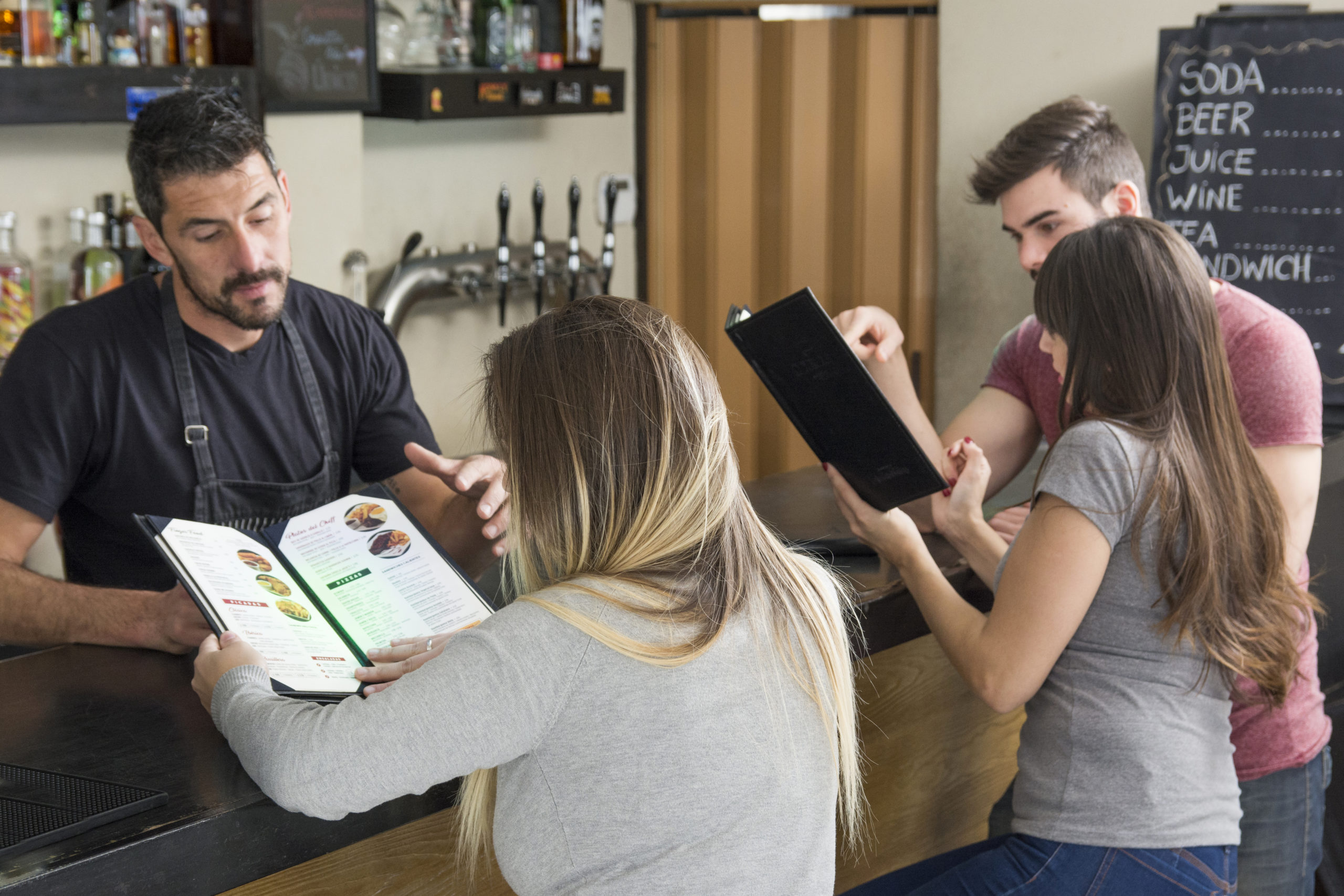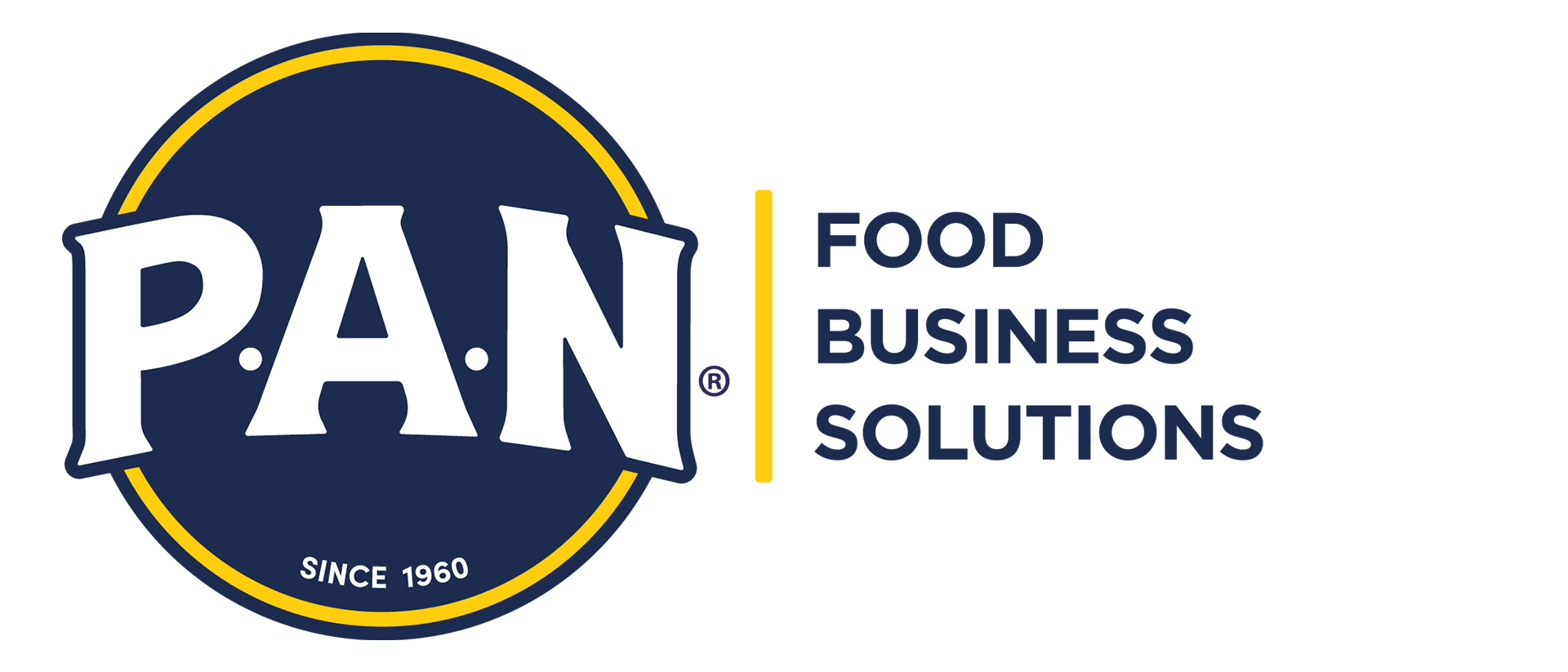On one occasion, a friend asked me for support for his venture. He wanted to know why his customers were not buying the products he thought were the best. The business was a modern Venezuelan-style empanada shop, offering more than 30 different fillings. There were the classics, of course, but it also offered fillings that were truly different and very tasty. Their great concern was that, despite constantly offering them, the vast majority of diners asked them to prepare the classic ones. I confess that my friend was very frustrated until he understood the following.
When given many options to choose from, the same areas of the brain get activated as when people feel physical pain, for example, stubbing our little toe at 3:00 a.m. while walking to the bathroom. Yes, as you read it: our minds do not like having to make complicated decisions, and when this happens it is known as choice overload, overchoice or the paradox of choice.

In the case of selling empanadas, our brain may want to try something new, it excites it, it can imagine the different flavors and they all look good; however, right at the moment of making the decision, our ability to choose turns off and, almost automatically, we order the same dish as always. It is important to know that choice overload generates what is known as ego depletion, reducing customer interaction with our brand, affecting the quality of their decision and, therefore, the feeling of satisfaction that is diminished after living the experience.
We know that a business must offer a fair offer to meet the needs of its customers, and it is your responsibility to ensure that this selection process is exciting, safe and even fun. Take note of the following four tips to facilitate the process:
Categorize: Establish general categories to give the feeling to the mind that the process is easier. Let’s say we have an offer with arepa fillings, and instead of presenting a list of 30 fillings, we can divide them between cheeses, simple, mixed and special. Now our customers must make the decision about which category they want to enjoy. Next, only those that belong to the category are listed.
Help specify: Most of the time customers who go to a place that has a wide offer are willing to leave their comfort zone; however, as we already know, the mind is sabotaged. Therefore, explaining to our customer the reasons why a dish is special will increase the probability of opening up to a new experience. For example, describing the origin of this and the emotional connection you have with it.
Less is more: Often, the large number of options that we want to have in our food proposal is due to the fact that we want to show our customers our culinary skills.
Just as we convince ourselves that we are increasing the probability of offering something for every taste, we are also causing inventory losses by not selling, having little product rotation and less efficiency on the part of the purchasing department; which leaves dissatisfied customers as a consequence, the exact opposite of what we expected. Reducing our proposal enough is the balance that must be struck, so our customer can understand our concept and can make the right decision easily.

Congratulate your customer: Do it with enthusiasm every time they choose the products that you want to promote. It’s human nature to want to be flattered when we do the right thing, and the people around you will want to feel flattered, too.
We co-created this content with @neurogastronomo to help your business grow.
